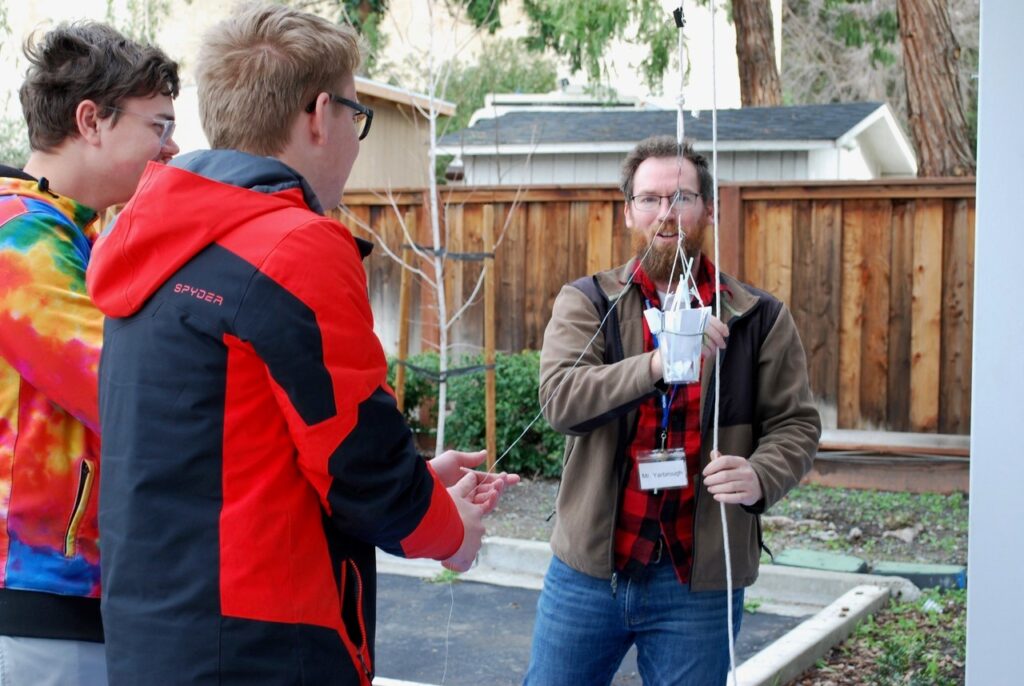BART’s Role in the Region
In 2022, Orion Academy moved from Moraga to Concord, largely to be closer to a BART station.
The academy is a private high school that provides a comprehensive program for gifted students who are neurodivergent. In addition to rigorous college preparatory classes, such as Latin and physics, the 24-year-old school requires students to pass transitions classes that emphasize social and executive functioning skills.
“I don’t care how good you are at math and science, if you can’t keep track of assignments and turn them in on time, you’re going to fail,” said Dr. Kathryn Stewart, the founder and Executive Director of the academy.
More than half of Orion Academy’s students take BART to school, located just a short walk from Concord Station. Moving the school near a station makes the academy’s resources accessible to a broader community and teaches students how to independently navigate urban environments, where many will live and work after graduation.
“My kids are bright, but can you imagine working as a physicist at Lawrence Berkeley Lab and having mommy drop you off each day?” Stewart said.
Because many Orion Academy students have trouble with visual-spatial processing, driving a car can be overwhelming.
“So, what is your alternative? Taking public transportation!” said Stewart. She strongly encourages parents to teach their children how to navigate the BART system before the school year starts.
BART has also become crucial for field trips, transporting students to destinations like the Asian Art Museum, the California Academy of Sciences in San Francisco, and the Aquarium of the Bay. The school’s van was recently vandalized, so public transportation is the only way to take students off campus, Stewart said.
This past summer, Samantha Greenstone’s dad taught her how to take BART. She’d used the system only rarely before starting at Orion Academy this past fall, and when she did ride the train, it was always with her parents. Now, she takes BART to school every day by herself.
Greenstone’s commute is slightly unconventional. She lives in Marin, and each day her mom, who works in San Francisco, drops her off at Embarcadero Station. From there, Greenstone catches a train to Concord Station then scooters the short distance to school.
Taking BART makes Greenstone “feel much more environmentally conscious,” she said. She appreciates its affordability and the fact that she never gets stuck in a traffic jam. Only once has she missed her stop.
“I think BART makes the world a better place,” she said. “It provides an economy of scale, is better for the environment, and allows for more urbanization in the region.”
It also makes her dad’s life easier, she said, “and I’ve learned I should be good to my dad.”
Greenstone intends to become an engineer or physicist. She says she’ll continue to take BART after she graduates, maybe even to travel to her future workplace.
About BART’s Role in the Region Study
This story is part of BART’s ongoing Role in the Region Study, which demonstrates BART’s importance to the Bay Area’s mobility, cultural diversity, environmental and economic sustainability.
In the fall, we conducted a call for stories to hear from our riders and understand what BART means to them. We publicized the call on our website, social media, email blasts, and flyering at stations. More than 300 riders responded. We conducted interviews with select respondents to tell their stories in greater depth.
These stories will be shared in the Role in the Region Study and on bart.gov/news in the coming months.
Learn more about the Role in the Region Study at bart.gov/roleintheregion.
Do you have a favorite BART memory or story to share? Email a short summary to BART Storyteller Michelle Robertson at michelle.robertson@bart.gov, and she may follow up to schedule an interview.




Leave a Reply